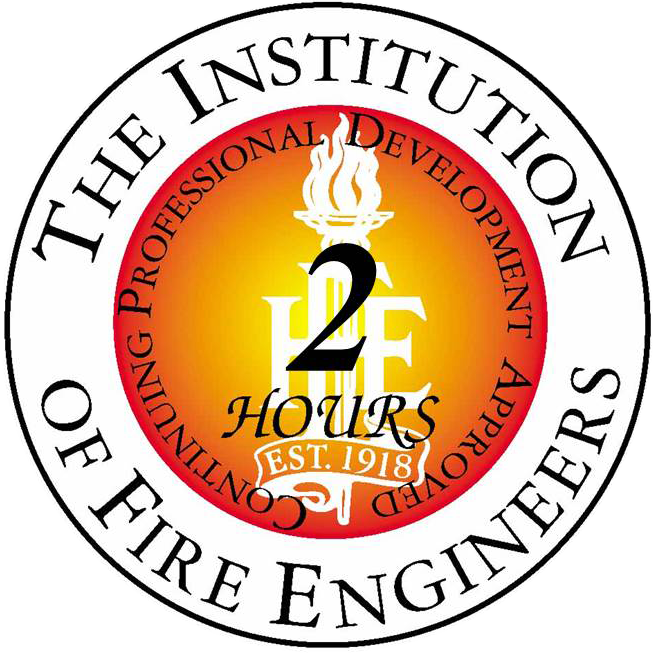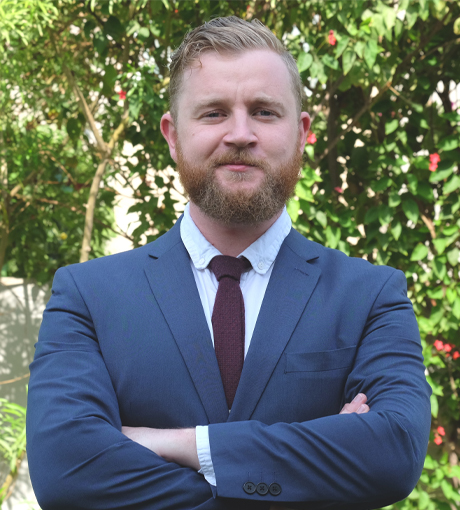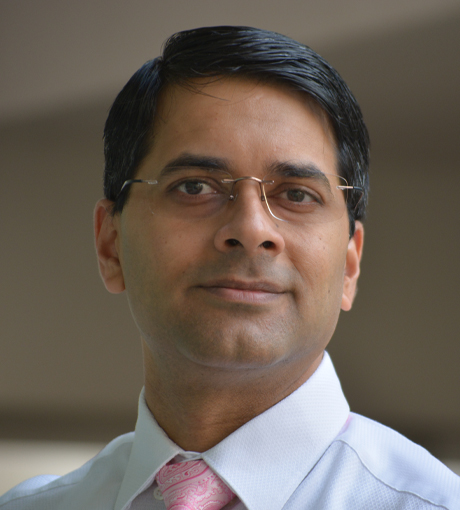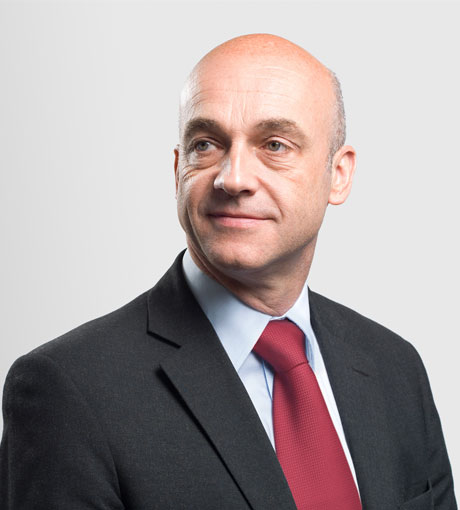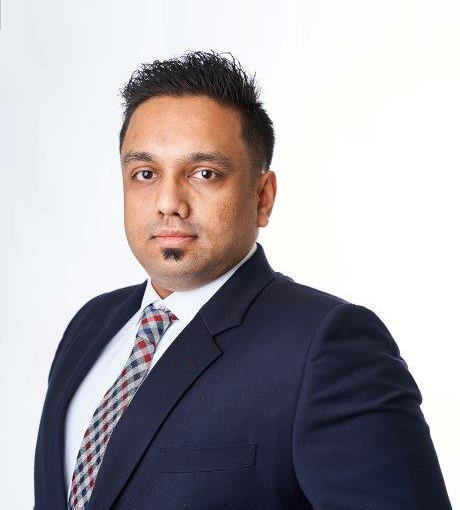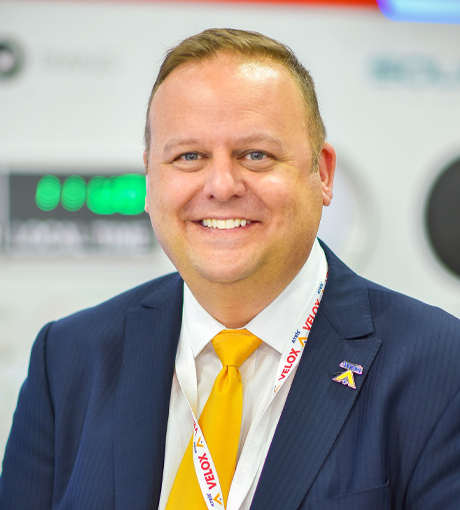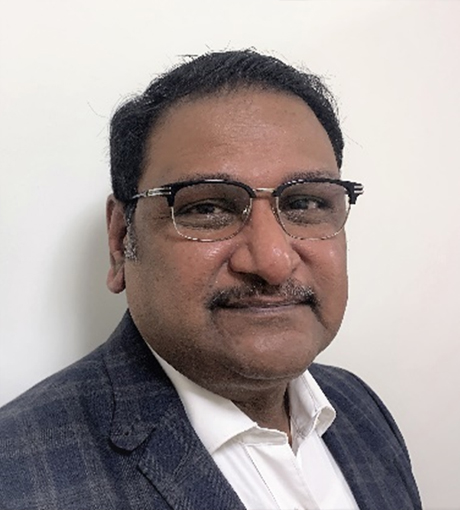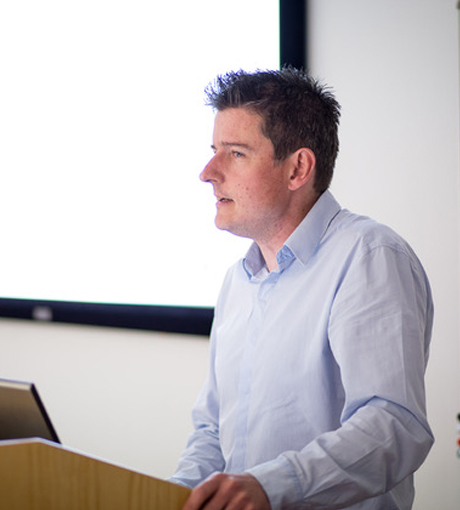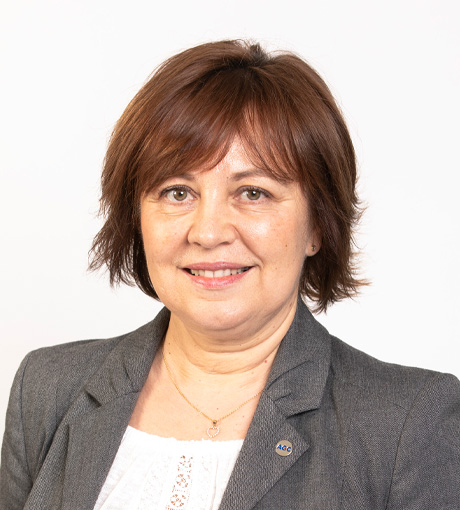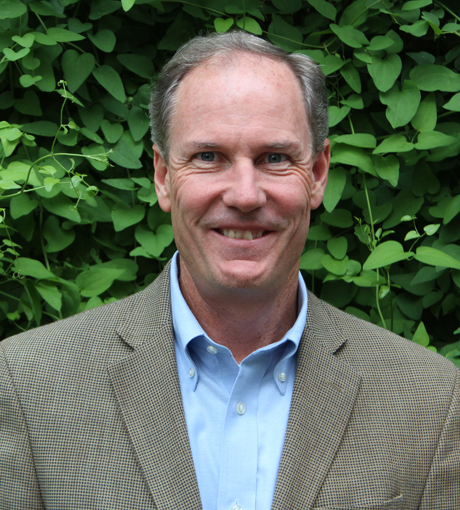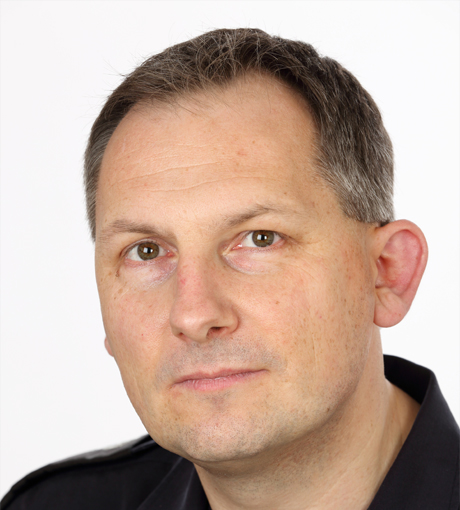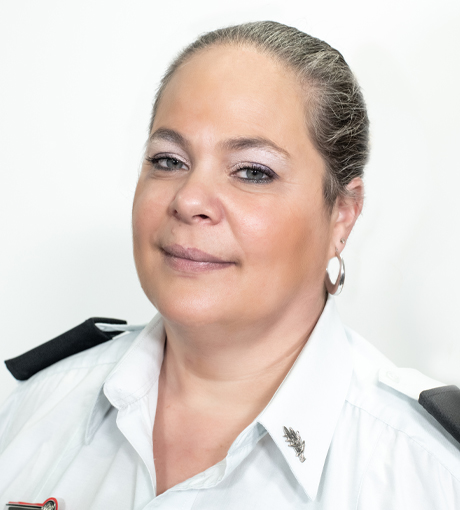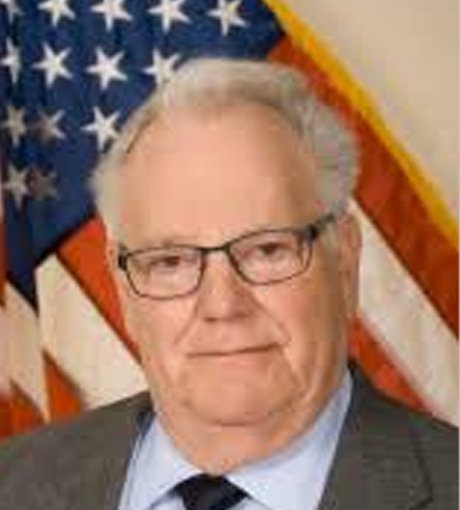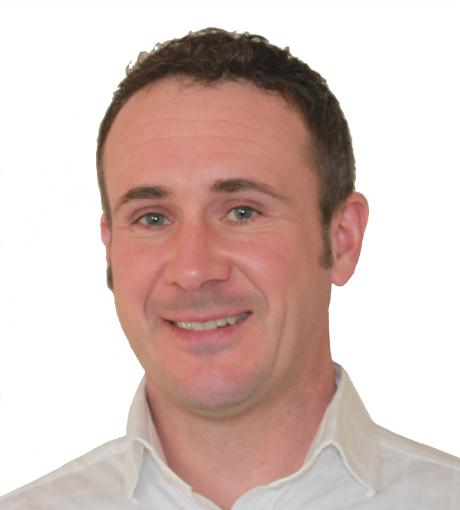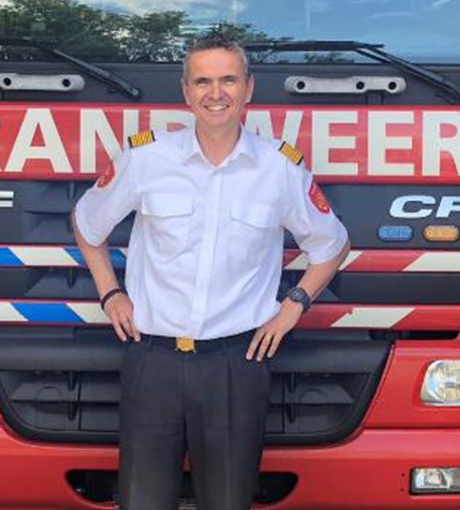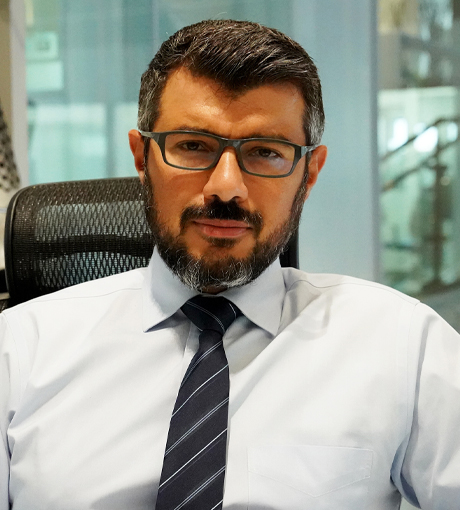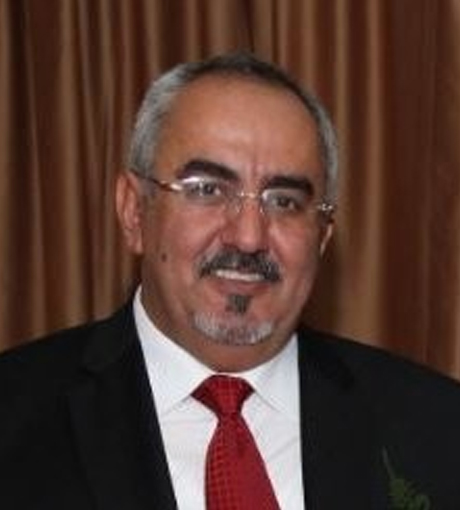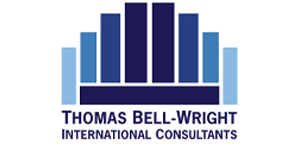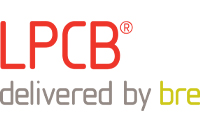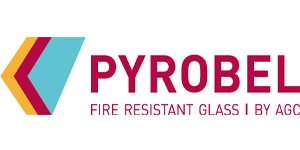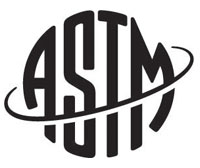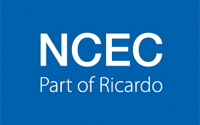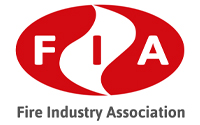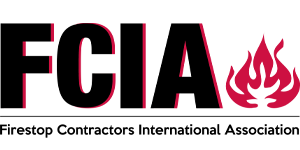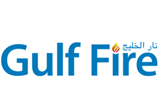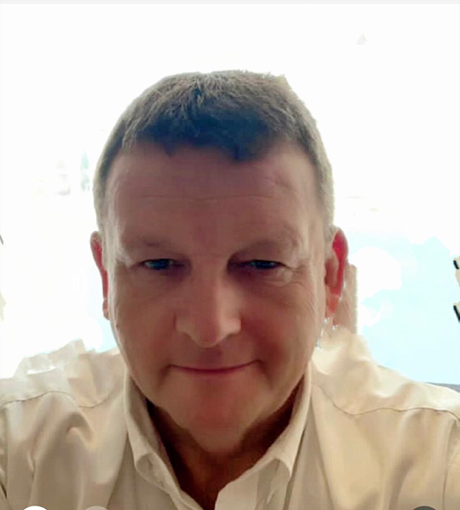Bob Campbell is the President and CEO of Alliance Solutions Group, Inc. (ASG), a veteran-owned business that delivers emergency preparedness, health, safety and environmental (HSE) solutions worldwide to government and private entities. He formed ASG in 2005 to meet the growing demand for innovative approaches to addressing complex, technical hazards and risks.
Mr. Campbell holds graduate degrees in International Business and Environmental Engineering and has 23 years of emergency management experience. He served in the U.S. Air Force as a Bioenvironmental Engineer, responsible for installation environmental, health, safety and emergency preparedness programs where he became a certified Hazmat Technician and implemented a $100 million, Air Force-wide CBRN/Hazmat Response program that equipped 82 installations with plans, incident management systems, equipment, training, exercises and medical countermeasures. During the last 23 years, he has collaborated with public safety, private, federal and international organizations to develop practical approaches to all-hazard, risk-based planning. His extensive experience, innovative approach and successful practices to overcoming obstacles to integrated, multi-agency response operations have been published in the Handbook of Emergency Response (2014, CRC Press).
Since forming ASG, Mr. Campbell has consulted with the U.S. Department of Defense, Homeland Security, Federal Emergency Management Agency and Environmental Protection Agency, as well as organizations in the UAE and KSA to build emergency response capacity. ASG has supported over 2,900 communities with an aggregate population of 70+ million residents in 48 states and 17 countries. Through realist, scenario-based training and exercises, ASG has prepared over 20,000 first responders for complex, technical incident response.
As a FEMA-recognized subject matter expert and thought leader on Hazmat planning and response, he has delivered presentations on topics such as: application of unmanned aerial systems in emergency response, all-hazards risk-based planning, and preparing communities for emerging infectious diseases at international conferences. Since 2013, ASG has been consulting with public and private organizations throughout the GCC region.
https://www.asg-inc.org/
